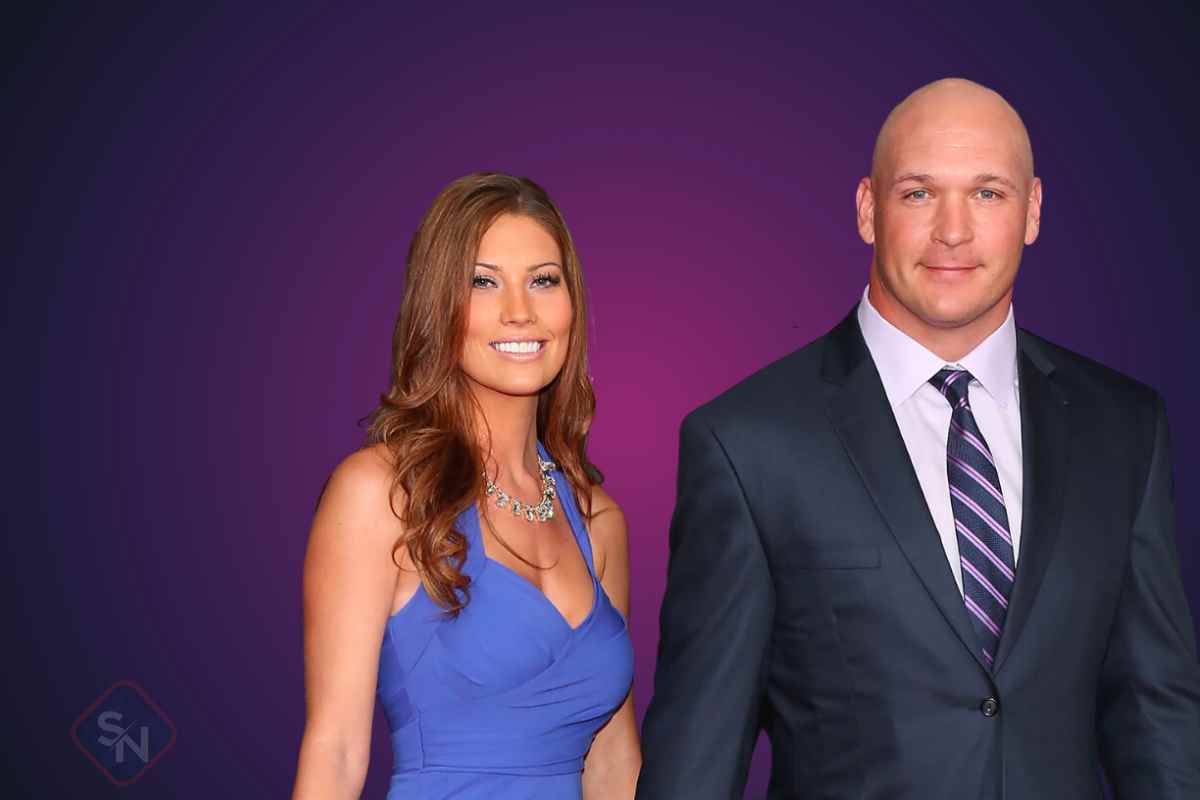Bob Newhart, who died at the age of 94, had a deadpan delivery and would sometimes stutter, which made him an unlikely choice to become one of the most famous comedians in America. His victories were often forgotten because that was just how he was.
Beloved comedian Bob Newhart has passed away at the age of 94. pic.twitter.com/vanyGYQDzZ
— E! News (@enews) July 19, 2024
Bob Newhart first came to public attention when his first stand-up comedy show, “The Button-Down Mind of Bob Newhart,” was released in 1960. In just six months, The Button-Down Mind Strikes Back! came out and quickly became number two on the charts, following its predecessor to number one.
His first album won the Grammy for Album of the Year in 1961. His second album won the Grammy for Best Spoken Comedy Album, and Newhart was named Best New Recording Act.
Newhart liked the one-sided phone talk best because the audience could see what the speaker couldn’t. This makes Newhart his own straight man. A PR guy for Abraham Lincoln in Washington, D.C., tries to stop him from changing the Gettysburg Address: “You changed four scores and seven to 87?”
“That is a grabber, Abe!” A West India Company official listens to Walter Raleigh sing the praises of the 80 tons of leaves he is sending to London. The official asks Raleigh, “Then what do you do, Walt? You set it on fire! You breathe in the smoke, huh? Walt, you know… it seems you can stand in front of your stove and have the same thing going for you!”).
In 1961, Newhart made his debut at New York’s Carnegie Hall. He also did a version of his routine on a walkie-talkie in Don Siegel’s war movie Hell Is for Heroes, and he was the star of his first TV show, The Bob Newhart Show, which was a variety and comedy sketch show on NBC that came after Perry Como’s Kraft Music Hall. It got an Emmy and a Peabody award, even though it was only on for one season.
He argued that Newhart’s “button-down” image was the key to his quick success. This was the start of President John F. Kennedy’s “new frontier,” where the unpadded grey flannel suit, which the British fashion critic John Taylor called “simulated negligence,” stood for comfort, style, and formality. Newhart’s sharp but entertaining looks at everyday things were a subtle form of humor.
He had worked hard to perfect this casual way of talking. George Robert Newhart was born in Oak Park, a neighborhood of Chicago. As a child, he was called “Bob” to tell him apart from his father, George David, who owned a plumbing and heating business. Pauline (nee Burns), his mother, was a housewife.
He went to Catholic schools and got his business management degree from Loyola University in Chicago in 1952. He worked as a clerk for two years in the army before going to Loyola to study law. But he soon dropped out and went to work as an accountant.
At one job, he and a coworker named Ed Gallagher started recording conversations in the style of the original comedy duo Bob and Ray. Newhart moved on to writing ads for a production company in Chicago while still passing out his tapes. Gallagher left for New York.
Some were played by local radio host Dan Sorkin, and Newhart started to show up on local morning TV. George Avakian, a record producer who had left Columbia Records in 1958 to start a similar business for Warner Brothers, got the tapes. Avakian wanted to see Newhart’s stand-up act right away.
His first record, a show in February 1960 at the Tidelands Club in Houston, was at the first place Newhart’s new agent could find to book.
When The Bob Newhart Show became a hit, he was busy right away doing stand-up. Because he was smart and easygoing, he became a popular guest on other talk shows, and finally, he took over for Johnny Carson on Tonight all the time.
As the comedian Shelley Berman pointed out, he stole the telephone gag from her, but artists like George Jessel and Arlene Harris had been using it for a long time. Because he was smart but hesitant, which he sometimes said was inspired by George Gobel, he was able to do so many different kinds of performances.
Buddy Hackett, the comedian, put Newhart in touch with Bill Quinn’s daughter, Ginnie (Virginia) Quinn. They got married in 1963, and it became a running joke when he showed up with Carson, who had been married three times.
Newhart didn’t have many movie parts, but the ones she did have were often interesting. For example, she played Major Major in Mike Nichols’ 1970 adaptation of Joseph Heller’s Catch-22, Gene Wilder’s friend in the TV movie Thursday’s Game (1974), and Will Ferrell’s father in Elf (2003). He also did voice work, most famously for Bernard the Rescue Mouse in The Rescuers (1977) and its follow-up, The Rescuers Down Under (1990).
He was in two long-running TV shows, which wasn’t common for him. In The Bob Newhart Show (1972–1978), he played a psychologist, which was a great example of how he would listen and react in his stand-up routine. The idea came from an appearance on The Smothers Brothers Comedy Hour. Mary Tyler Moore and Grant Tinker’s MTM Productions put it together.
He shares an office with a dentist, played by Peter Bonerz, and his wife, Suzanne Pleshette, is a schoolteacher. The show became a big hit right away. Ratings went down, and Newhart got tired of it. At one point, he turned down a story that included kids. He told the people making it, “It’s very funny.” “Who is going to be Bob?”
In 1982, he came back with Newhart to play Dick Loudon, a writer who moves to a rural Vermont inn with his wife, played by Mary Frann. Tom Poston, who won three Emmys for his role as the strange handyman George, joined the group, and Newhart became the center of a world where chaos made it harder for him to understand things calmly.
Newhart was told in 1985 that he had polycythemia, a blood disease that was caused by smoking. He had used tobacco to make a comedy, and he and Poston were in Norman Lear’s 1971 comedy Cold Turkey, in which a town tries to win $25 million from a tobacco company by giving up smoking for a month. He now quit smoking for good.
Comedy and TV legend Bob Newhart dead at 94 https://t.co/4LC5qOr2Ey
— 102.3 WBAB (@1023WBAB) July 20, 2024
As the eighth season of Newhart came to a close, a great last episode played off of the famous “Who shot JR?” ending of Dallas. The cast and team didn’t tell anyone about it. Newhart is hit by a golf ball and wakes up next to Pleshette in the bedroom of The Bob Newhart Show. He is upset about having a crazy dream about Vermont.
Two more shows did not do as well. Bob saw him as a cartoonist trying to fit in with the business world when one of the characters he made came back to life in 1992 and 1993.
George and Leo (1997–1998) was another Odd Couple-style story. The owner of a bookstore lives with Judd Hirsch, who is running from the mob, and their son’s father-in-law. “Every possible form of my name had been used; all that was left was ‘The,'” Newhart laughed about the title.
Read some about Shannen Doherty’s obituary: Shannen Doherty, Star of ‘Beverly Hills’ and ‘Charmed,’ Dies at 53: Obituary
In 2003, Newhart was a guest star on ER for three episodes. In those episodes, Sherry Stringfield’s character Dr. Lewis helped Newhart’s character Ben Hollander deal with the fact that he was going to go blind, which won him his fifth Emmy nomination. He was nominated again in 2009 for a supporting part in The Librarian.
But it wasn’t until 2013 that he won for his role as Arthur Jeffries in The Big Bang Theory, a comedy. Jeffries played Professor Proton, the host of the science TV show (based on Watch Mr. Wizard) that Sheldon, who is very smart, watched. His name was put forward twice more, and he played the part three more times in Young Sheldon.
Don Rickles and Bob Newhart have been friends for a long time and have always been funny. In 2022, Judd Apatow made a short documentary called Bob and Don: A Love Story.
Newhart’s boys, Robert and Timothy, and daughters, Courtney and Jennifer, live on after him. Ginny died in 2023.



